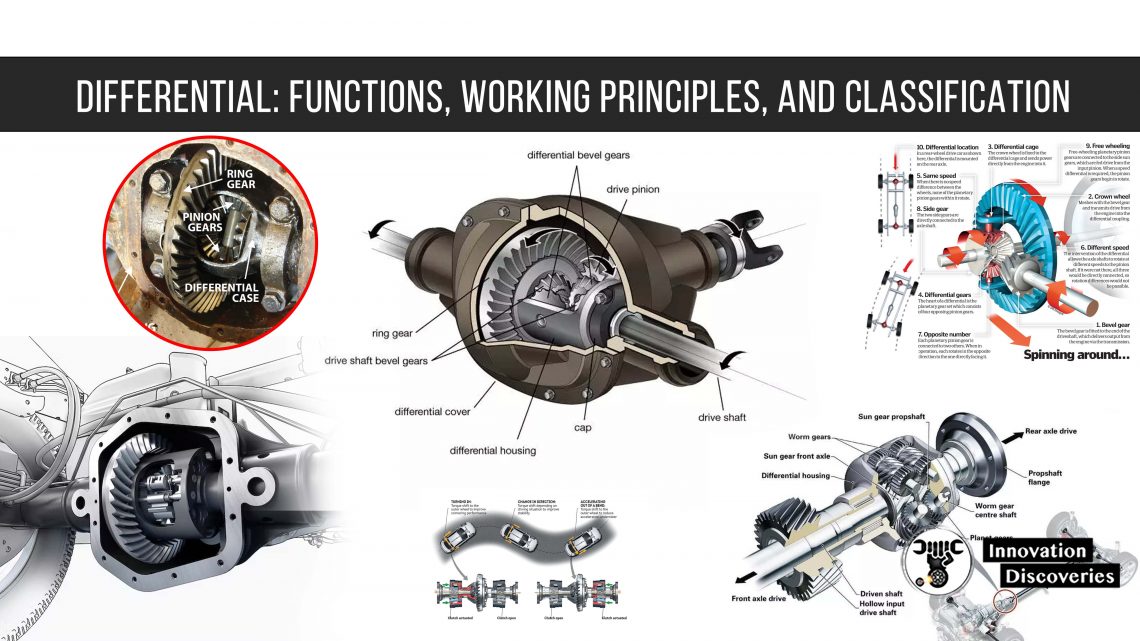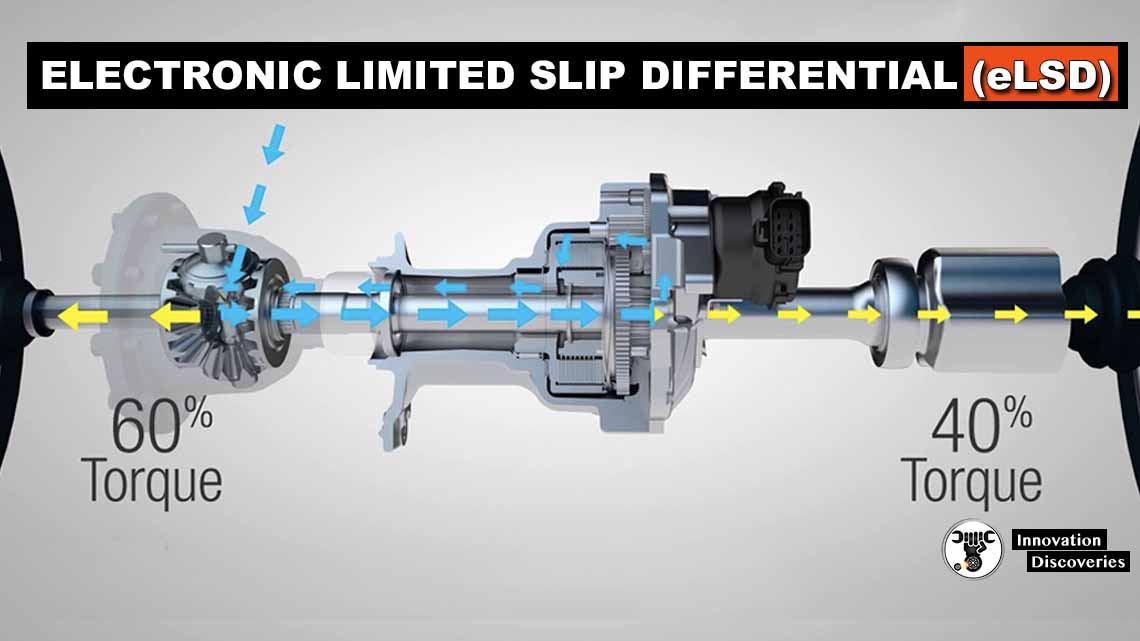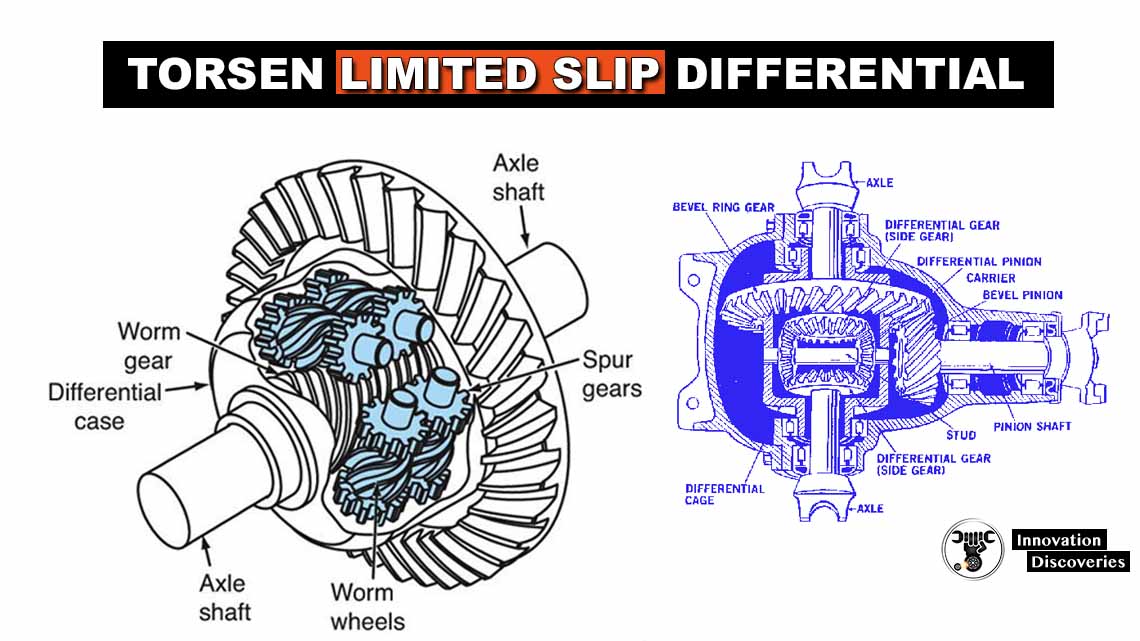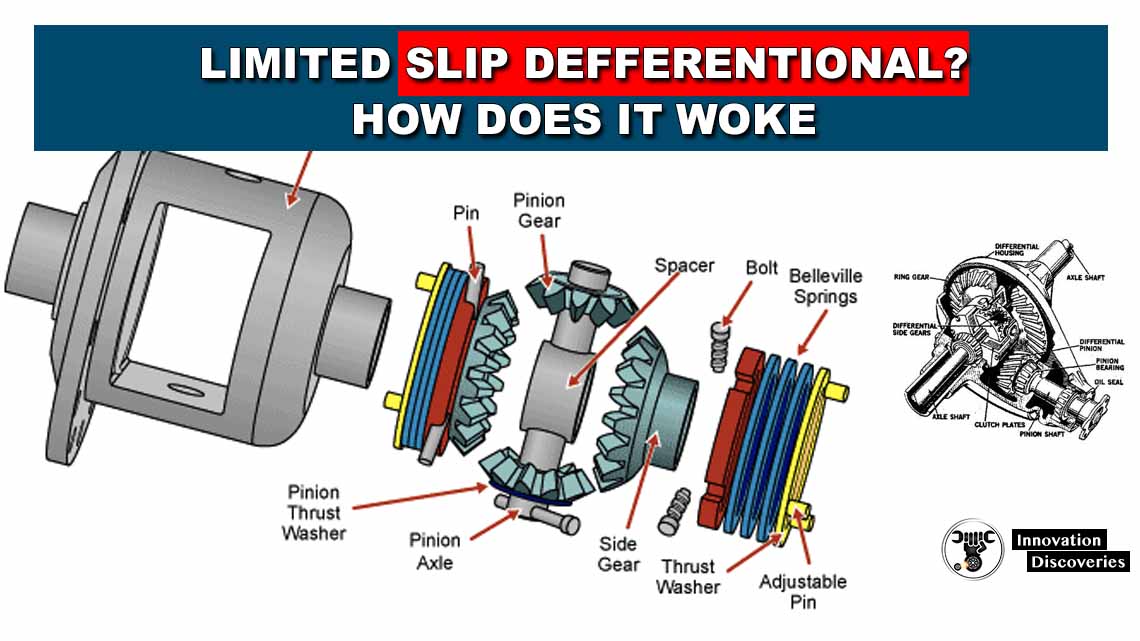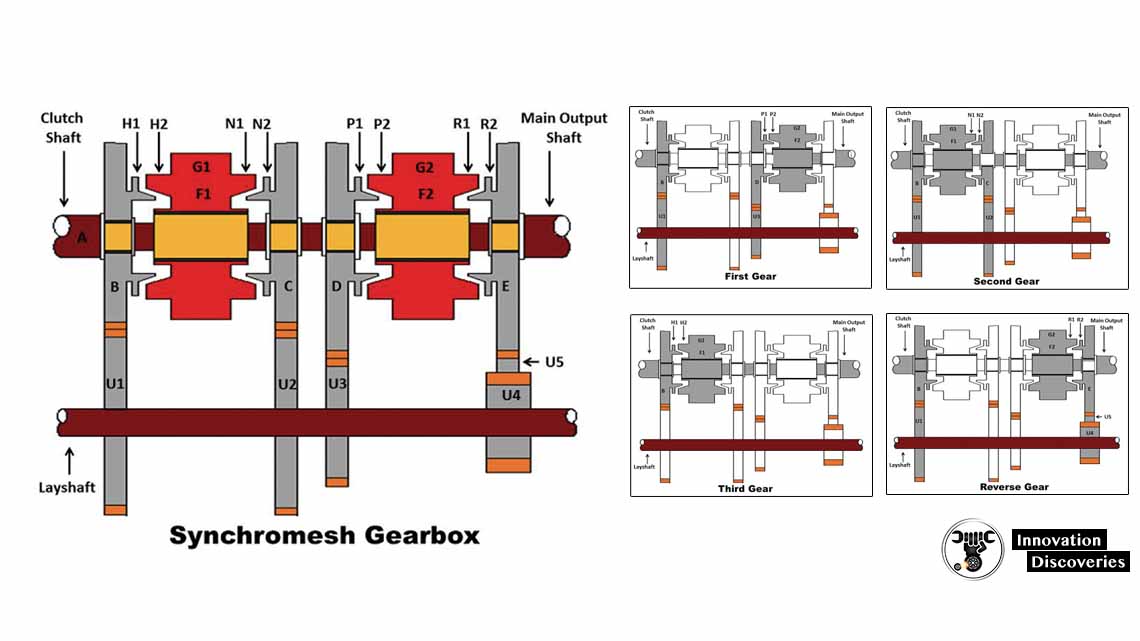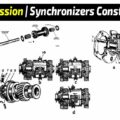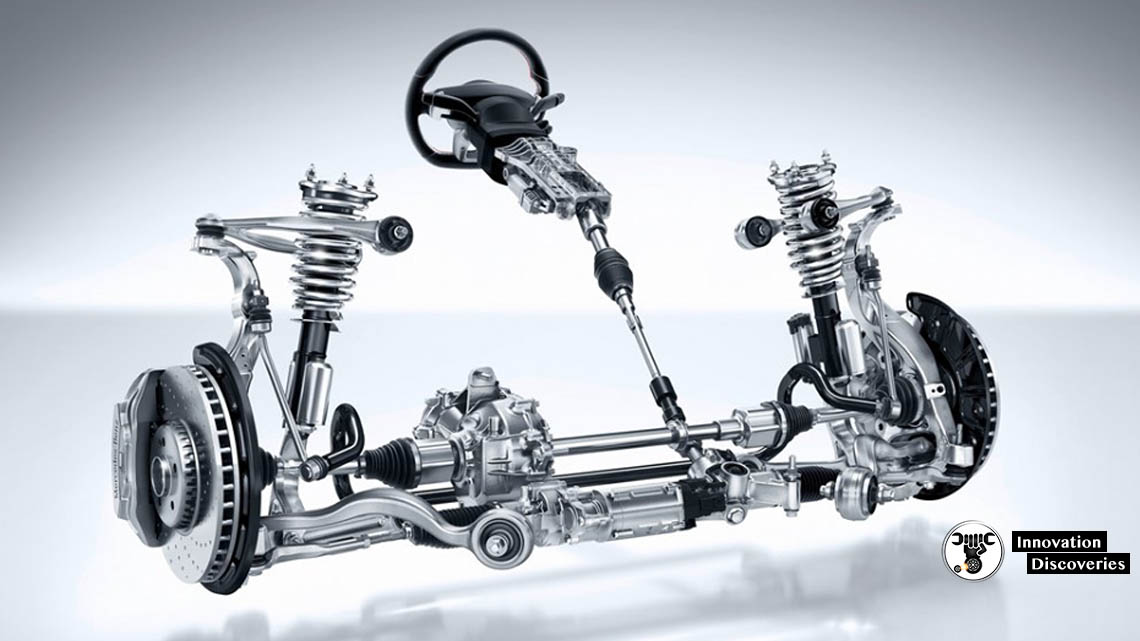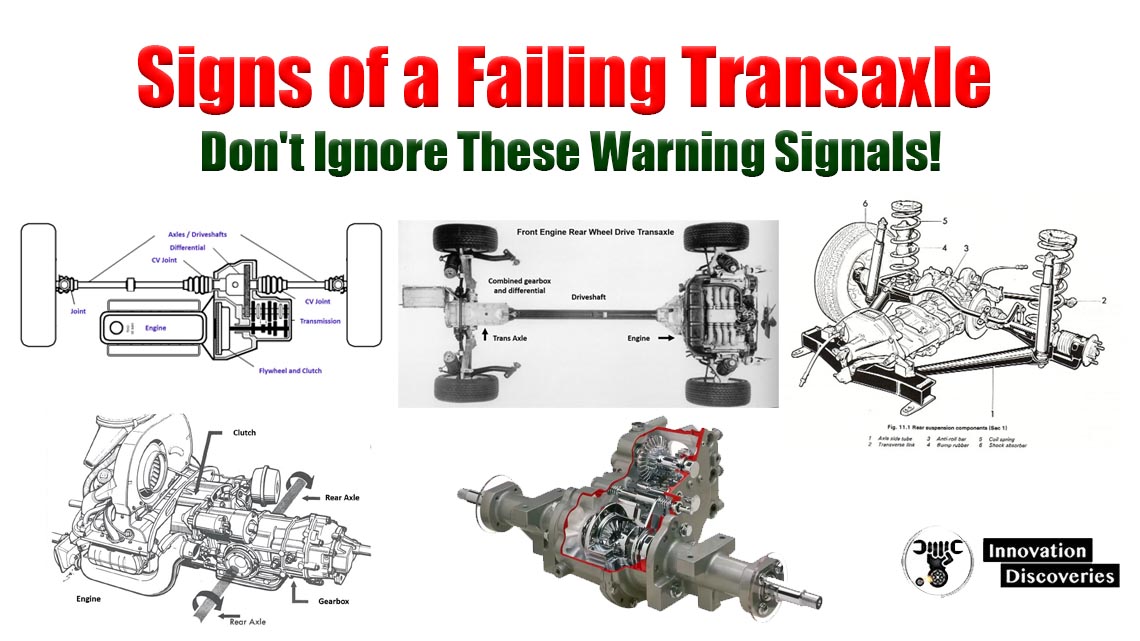
Introduction
As a responsible car owner, it’s essential to pay attention to any unusual sounds or behaviors exhibited by your vehicle. Among the critical components to monitor is the transaxle, a crucial part of the transmission system in front-wheel drive and some all-wheel drive cars.
A bad transaxle can lead to significant issues if left unattended, resulting in costly repairs and potential safety hazards.
In this article, we’ll explore what a transaxle is, the signs of a failing transaxle, the dangers of driving with a bad transaxle, and what to do if you suspect yours is compromised.
What is a Transaxle?
A transaxle is a combination of a transmission, differential, and axle, integrated into one unit. It is commonly found in front-wheel drive vehicles, where the engine’s power is sent to the front wheels through the transaxle.
This design helps streamline the drivetrain, making the car more compact and fuel-efficient.
Signs of a Failing Transaxle
1. Unusual Grinding or Whining Noises:
One of the most apparent signs of a failing transaxle is unusual noises emanating from the front of the vehicle. These sounds may resemble grinding or whining and are often most noticeable when accelerating or decelerating. Such noises can indicate worn-out bearings or damaged gears within the transaxle.
2. Fluid Leaks:
If you notice fluid leaking from the front of your vehicle, it could be a sign of a failing transaxle. Transaxle fluid leaks are typically caused by damaged seals or gaskets. Ignoring these leaks can lead to a lack of lubrication, causing further damage to the transaxle’s internal components.
3. Difficulty Shifting Gears:
A compromised transaxle may make it challenging to shift gears smoothly. You may experience resistance or hear clunking sounds when changing gears. This issue can affect the overall driving experience and indicates a problem within the transaxle’s synchronization system.
4. Vibrations or Shaking:
A failing transaxle can lead to vibrations or shaking while driving. These vibrations may intensify during acceleration and can be felt through the steering wheel and the entire vehicle. It could be a sign of worn-out or imbalanced internal components.
5. Slipping Gears:
If your vehicle unexpectedly slips out of gear or struggles to stay in gear, it could be an indication of a failing transaxle. This issue can be dangerous, especially at high speeds, as it affects the car’s control and stability.
6. Reduced Performance:
A bad transaxle may cause your car to feel sluggish or lack power during acceleration. The engine’s power may not efficiently transfer to the wheels, leading to reduced performance and slower acceleration rates.
7. Burning Smell:
An overheating transaxle can produce a distinct burning odor. If you notice such a smell coming from the front of your vehicle, it’s crucial to address the issue promptly to prevent further damage.
Dangers of Driving with a Bad Transaxle
Driving with a failing transaxle can have serious consequences for both your car and your safety. Ignoring the warning signs and continuing to drive the vehicle can lead to:
1. Increased Damage:
A failing transaxle can cause damage to other essential components of the drivetrain, such as the transmission and axle. This can escalate the repair costs significantly.
2. Drivability Issues:
A bad transaxle can affect your car’s performance, making it difficult to control and potentially leading to hazardous driving conditions.
3. Safety Hazards:
A complete transaxle failure while driving can leave you stranded on the road, posing safety risks to both you and other motorists.
How to Address a Bad Transaxle
If you suspect your car has a failing transaxle, it’s essential to take immediate action. Here’s what you should do:
1. Consult a Professional Mechanic:
Visit a qualified mechanic or an authorized service center to have your vehicle inspected thoroughly. Experienced mechanics can diagnose the issue accurately and recommend the appropriate course of action.
2. Prompt Repairs:
If a problem is detected with the transaxle, don’t delay the repairs. The sooner you address the issue, the better chances you have of preventing further damage to your vehicle.
3. Avoid DIY Repairs:
Repairing or replacing a transaxle is a complex task that requires specialized tools and expertise. It is best left to trained mechanics with experience in transmission work.
Conclusion
The transaxle is a critical component of your vehicle’s drivetrain, and a failing transaxle can lead to various issues that impact performance and safety.
Pay attention to the signs of a failing transaxle, such as unusual noises, fluid leaks, difficulty shifting gears, vibrations, slipping gears, reduced performance, and burning smells.
If you notice any of these signs, consult a professional mechanic for a thorough inspection and timely repairs. Remember, taking quick action can save you from costly repairs and potential safety hazards in the future.
Discover More:
Visit Forum
Visit Our Friendly Website


